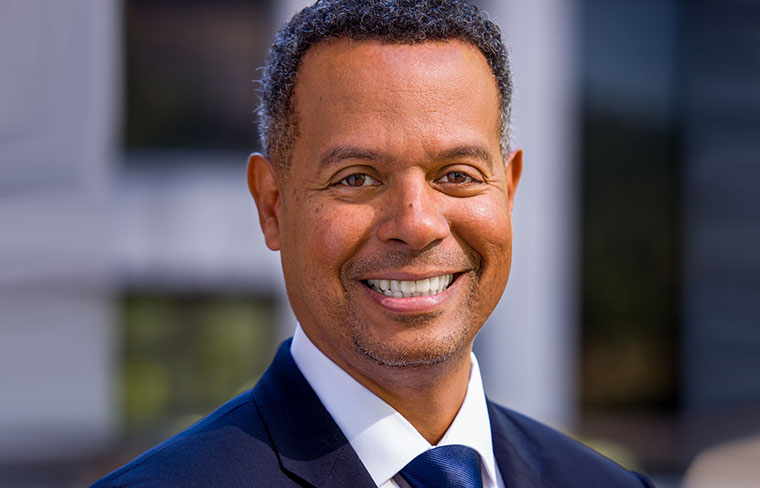
Diversity is more than a feel-good goal included in a practice mission statement, according to Marc A. Nivet, EdD, MBA. Diversity is a must-have tool to improve outcomes for patients, providers and all stakeholders in health care, said Dr. Nivet, who will present the annual SSAT Doris and John L. Cameron Guest Oration on Sunday.
“We cannot excel in health care, education or any other endeavor if we are not leveraging all of the talent that exists,” said Dr. Nivet, executive vice president for institutional advancement at the University of Texas Southwestern Medical Center, Dallas. “Talent is universal, but opportunity is not. Diversity and inclusion are the tools that let us find and develop and apply talent wherever it exists.”
Dr. Nivet will put diversity under the microscope during his lecture, “Diversity 3.0: Staying the Course.” Like the rest of health care education and delivery, the concept of diversity has evolved, he said.
Diversity 1.0 was inculcated in the U.S. legal system by the 1954 Brown v. Board of Education decision by the Supreme Court, which found that separate educational systems are unconstitutional and inherently unequal. The result, Dr. Nivet said, was the recognition that medical schools and other educational institutions must work to improve diversity, initially in regard to race and later in regard to gender and other classifications.
Unfortunately, some believed that improving diversity slowed the pace to excellence, Dr. Nivet said. While that mentality persisted for decades in higher education, many business leaders began to realize there was a business case for leveraging diversity, which ushered in a new way to think about its benefits.
Diversity 2.0 came with the growing recognition that improving diversity improves medical education and patient care, he said.
“The real reason we want more diversity and inclusion is that it doesn’t just benefit the individuals, it benefits our institutions and our practices,” Dr. Nivet said. “It’s the realization that the quality of education is better if you have more diverse faculty. The student conversation is better if you include more people from more diverse backgrounds who bring different ideas and different approaches to problem solving. Those improvements all carry through to better care. We went from a mindset of, ‘Diversity is competing with excellence’ to ‘Diversity is parallel to excellence.’”
Diversity 3.0 is the next step: Diversity is not parallel to excellence; diversity is essential to
excellence.
“Diversity is not a mission for us. It’s a tool for us to leverage and harness to drive excellence,” Dr. Nivet said. “When you get to that point, you see that diversity looks like the tools and the ideals that America was founded on. It doesn’t matter where you come from, it matters what you are capable of. If you were born in poverty or born somewhere else, you still have opportunity in this country. And the best way for us to build excellence is to actively seek out people with talent, nurture them and help them excel.”
Please refer to the DDW Mobile App or the Program & Exhibits section in the Sunday issue for the time and location of this and other DDW® events.



